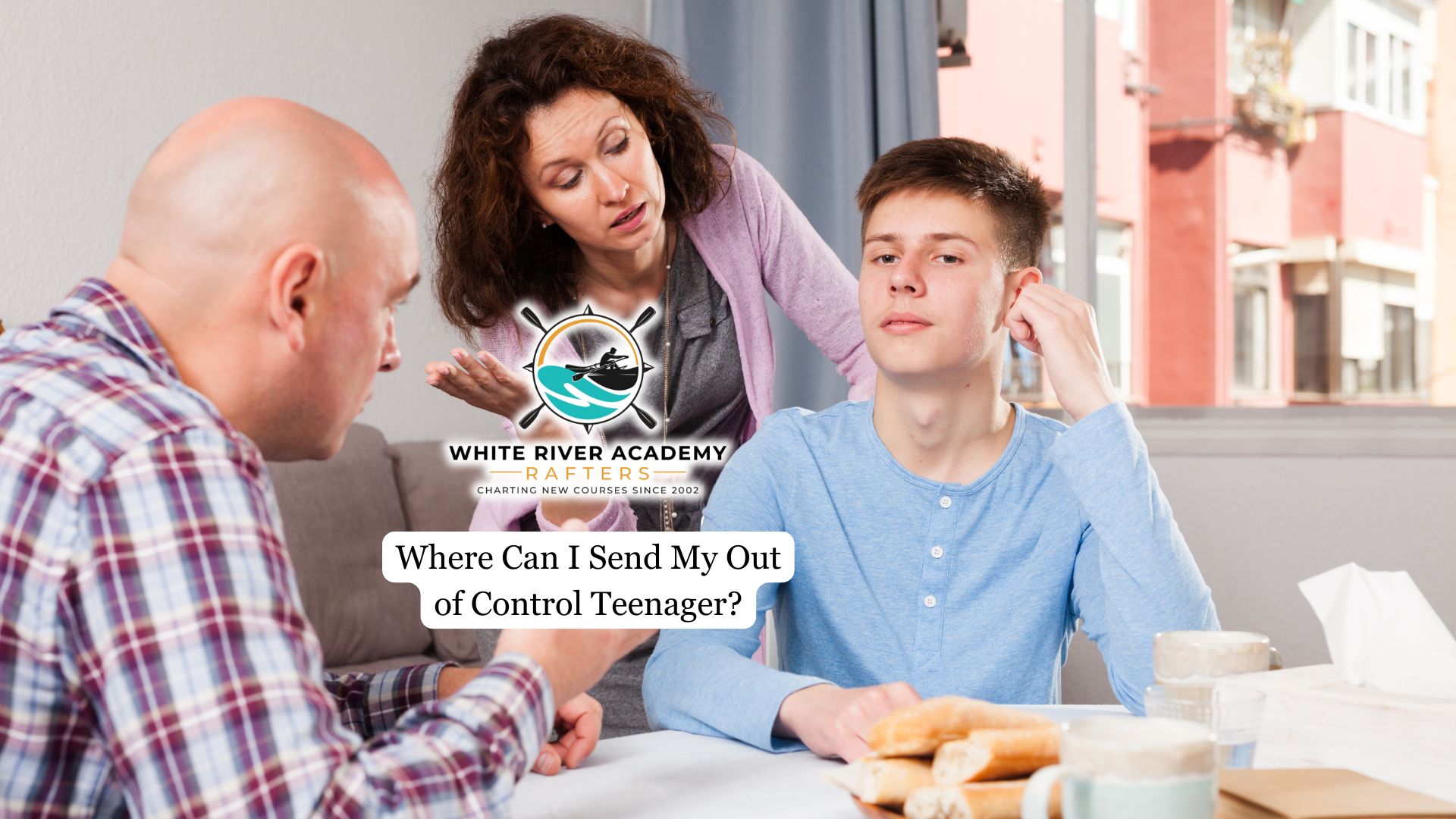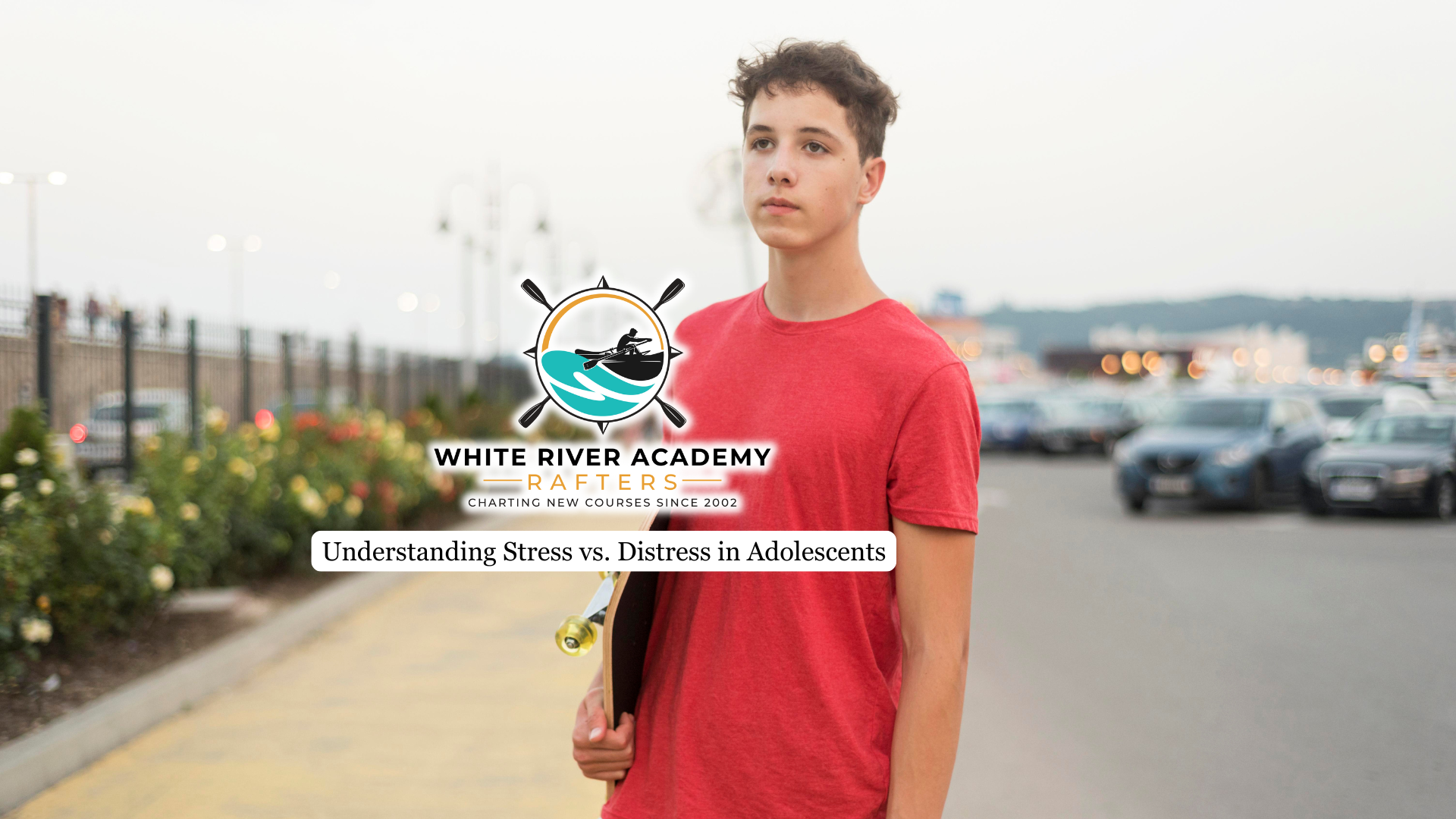When a teenager’s behavior escalates beyond what parents can manage at home, it’s natural to ask, Where can I send my out of control teenager? This question is difficult but necessary.
In this article, we’ll break down the types of help available, what makes a therapeutic boarding school effective, and how to find the right program for long-term change.
Understanding “Out of Control” Teenage Behavior
Teens who are considered “out of control” often display chronic defiance, aggression, substance use, school refusal, legal issues, or dangerous risk-taking. These behaviors typically stem from deeper emotional, psychological, or environmental struggles—such as trauma, mental health conditions, or family conflict.
While every teen misbehaves occasionally, consistent patterns of disruptive behavior that interfere with daily functioning are signs that outside help may be necessary. Troubled teens who go without intervention may face worsening consequences such as academic failure, strained family relationships, or even encounters with the juvenile justice system.
When Home-Based Interventions Aren’t Enough
Many parents start by seeking outpatient therapy, academic support, or stricter boundaries at home. While these methods are helpful in some cases, they may not be effective when the teen is unwilling to participate or the behavior is too severe.
If a teen is running away, skipping school regularly, using substances, or threatening harm to themselves or others, immediate intervention in a structured environment may be necessary. This is when residential treatment options become viable and appropriate next steps.

Types of Programs for Troubled Teens
Once you’ve decided to seek outside support, the next step is understanding the types of programs available. Not all options are equal, and choosing the right fit depends on your teen’s needs.
1. Therapeutic Boarding Schools
These are residential facilities that combine academic education with therapy and behavior support. They’re designed for long-term transformation, not just short-term crisis intervention.
2. Wilderness Therapy Programs
Wilderness programs use outdoor experiences to build resilience, discipline, and emotional insight. While typically shorter-term, they can serve as a launching pad into more structured treatment.
3. Residential Treatment Centers (RTCs)
RTCs provide round-the-clock care for teens with complex emotional, behavioral, or psychiatric challenges. These programs typically include individual therapy, group counseling, academic instruction, and medication management when necessary.
4. Values-Based Programs
For families seeking alignment with their spiritual or moral beliefs, some residential programs integrate faith, character-building, and emotional healing into the therapeutic process.
Each of these environments provides consistent structure, therapeutic intervention, and distance from negative influences that may be contributing to a teen’s behavior.
What to Look for in a Program
Choosing the right therapeutic program can feel overwhelming, especially when you’re in crisis. Here are a few key elements to prioritize when deciding where to send your out-of-control teenager:
- Clinical Expertise: Ensure the program offers licensed therapists with experience in adolescent mental health and behavioral treatment. Treatment should address the teen’s specific challenges—whether it’s trauma, anxiety, depression, or substance use.
- Accredited Academics: A strong academic program allows your teen to continue their education without falling behind. Look for nationally accredited institutions that can transfer credits to future schools or colleges.
- Individualized Treatment Plans: No two teens are alike. Programs should offer customized treatment paths based on psychological assessments, personal history, and long-term goals.
- Family Involvement: Family therapy and regular communication are critical to ensure lasting progress. Effective programs work not only with the teen but with the entire family system.
- Structure and Accountability: Teens thrive in environments with clear expectations, consequences, and routines. Look for programs that balance discipline with therapeutic support.
Programs that lack one or more of these elements may provide only short-term relief, leading to regression once the teen returns home.
The Long-Term Benefits of Professional Intervention
Sending a teenager away for treatment is one of the hardest decisions a parent can make—but it can also be one of the most transformative. Professional intervention helps teens reset harmful behavioral patterns, build self-awareness, and develop resilience. More importantly, it gives families the space and tools to heal together.
Programs like White River Academy focus on long-term outcomes rather than quick fixes. Through a combination of academic continuity, intensive therapies, mentorship, and outdoor activities, teens emerge with stronger emotional regulation, a sense of responsibility, and restored family relationships. These are the foundations they need to navigate life with stability and purpose.
Final Thoughts from White River Academy
At White River Academy, we understand how overwhelming it can be when your teen’s behavior spirals out of control and traditional methods fall short. As one of the leading troubled teen programs in Utah, our clinically grounded, family-centered residential program supports adolescent boys in need of more intensive care. With years long experience, we help students rebuild emotional stability, reestablish family trust, and move toward a healthier, purpose-driven future.




